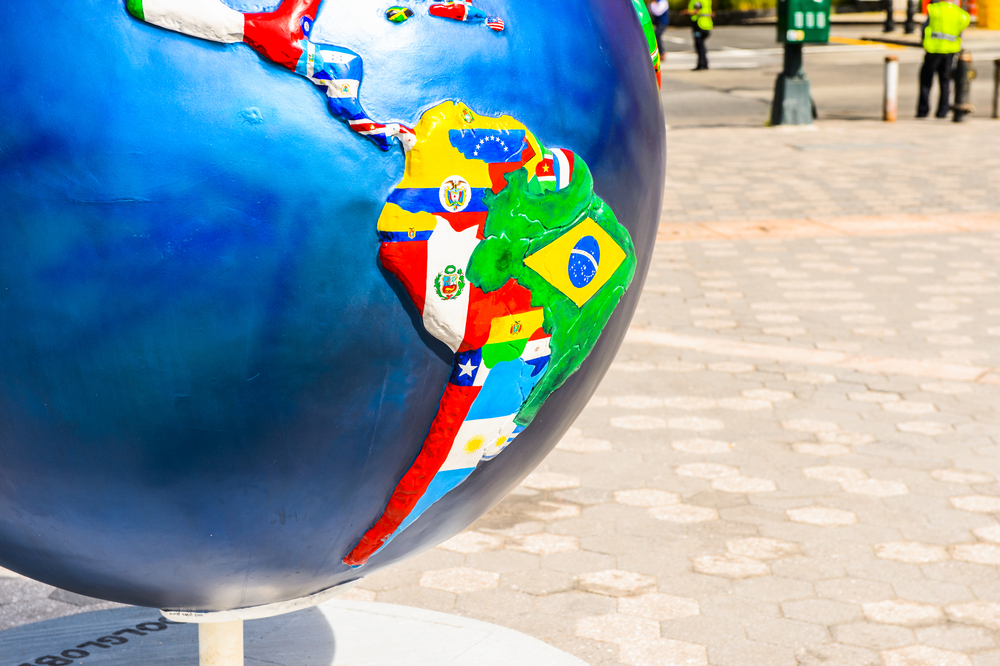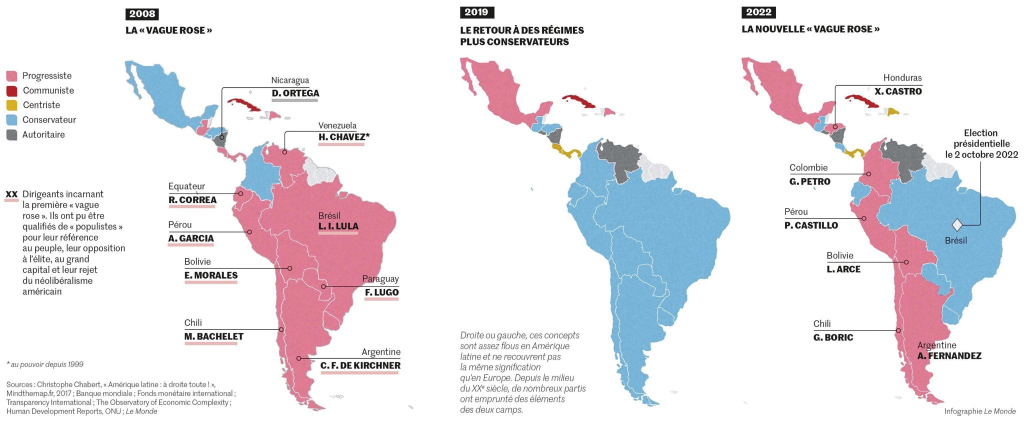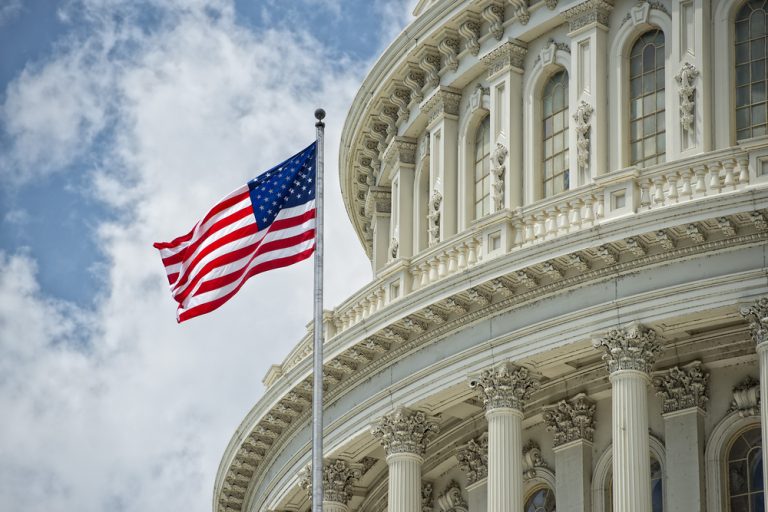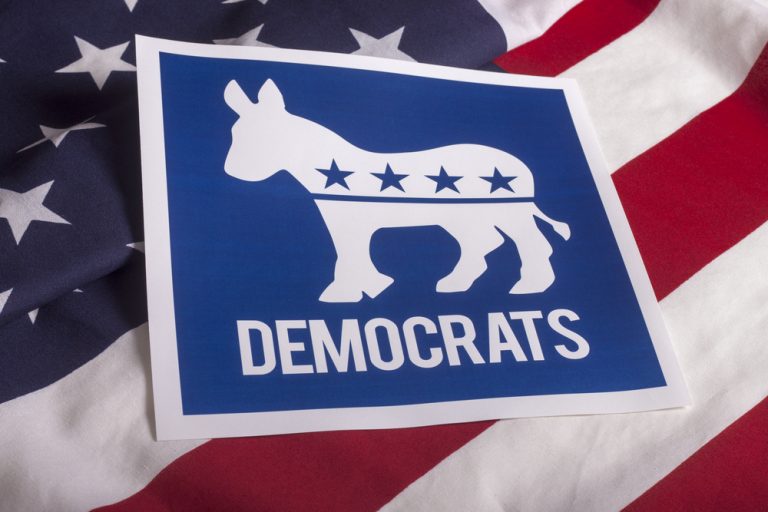
The political swing in South America: from the left to the right and back again. What does this have to do with the US?
As far back as the first half of the 19th century, U.S. President James Monroe said his famous “America for Americans”, meaning that South and Central America was a region where his country should be the leading and almost the only political force that could disregard the sovereignty of other states. Even then there was a desire in Washington to take part in the colonial division of the world, but it was a little too late. The possibility of gaining control remained only in the New World, where Spanish domination had only recently collapsed and a multitude of independent countries had been formed.
The geography of the continents was conducive to American plans, and they were generally successful. Some countries, such as Puerto Rico, became colonies of the United States directly, but most states fell into implicit dependence. By the early 1950s, the last American competitor, Great Britain, had been driven out of the Latin American region, but it was soon replaced by an equally dangerous adversary, the USSR. The confrontation between the U.S. and the Soviet Union was based on a very simple principle: the former supported the traditional right-wingers and the latter various left-wing rebels. However in 1991, with the collapse of the Soviet empire, the USA finally gained a monopoly on the Latin American political scene.
South American regimes were now difficult to hold back by fear of communist guerrillas and a new model of domestic competition was required, in which the U.S. could remain the political arbiter over the fray and thus the main beneficiary of any change of power in a country. In the new reality, the traditional-right Latin American continued to be patronized by the Republicans, while various kinds of moderate socialists were taken under the wing of the “progressive” Democrats. Of course, there were exceptions to this model, such as Cuba, Nicaragua, Venezuela or Bolivia, but these only confirmed the rule. Otherwise, the constant change from left to conservative in the last 20 years in South America has been suspiciously synchronized with the change of the White House masters.
As the infographic below illustrates, when Barack Obama came to power in 2008,”progressive liberals” like him conquered much of South America. Around the same time, Lula da Silva took office for the first time as president of Latin America’s largest country, Brazil. However in 2019, with Donald Trump in power in the U.S., South America has once again turned conservative blue.

To understand the systemic nature of the processes taking place in Latin America, it is the year 2022 that has become vivid. Today we are witnessing the end of another wave of “pink tide” that periodically overwhelms South America. The term in the region is used to describe the rise to power of various leftists and socialists. And this shift began immediately after the Democrats returned to the White House in 2020. This is the third such wave in the 21st century. It is likely that “ebbs and flows” may follow after a while, with some or many countries returning to right-wing conservatism. Most probably that will come later, but for now, as the infographic shows, the continent has shifted strongly “to the left” in recent years: Castillo in Peru, Boric in Chile, Fernández in Argentina and finally Lula da Silva back in Brazil in late 2022.
Should the Biden administration rejoice and will South America always be totally dependent on political change in the U.S.? Earlier we wrote that the election of the similarly left-wing president Gustavo Petro in Colombia was alarming even to the democratic administration in Washington. However, it is not at all about the personality of the former communist partisan who fought in the jungle back in the 1980s. The world is facing a new Cold War, where the constancy of ideological and economic allies is more valued than dangerous gamesmanship and regular “political swings”. In a world that will be strictly divided into spheres of influence, control of South America becomes, as in the days of James Monroe, a key question of survival for the US.
The election of Petro in Colombia and of Luiz Lula da Silva in Brazil has led to the formation in Latin America of a front of states inclined to alliance with Russia and China and opposed to U.S. hegemony. It is no longer just “marginal” Cuba or Venezuela that is taking this stance. The victory of the left-wing politician Da Silva over “Brazilian Trump” Bolsonaro caused excitement throughout South America already tired of centuries of U.S. tutelage. The visit of Argentine leader Alberto Fernández immediately after the announcement of the election results, who sees his country as a member of BRICS, could be seen as a greeting from all Latin American left-wing politicians and a call for the formation of a new political bloc. Will the potential members of such a coalition remain obedient U.S. puppets? The future will tell, but the rules of the political game in Latin America are very much tightening for the U.S.


Reading your article helped me a lot, but I still had some doubts at the time, could I ask you for advice? Thanks.